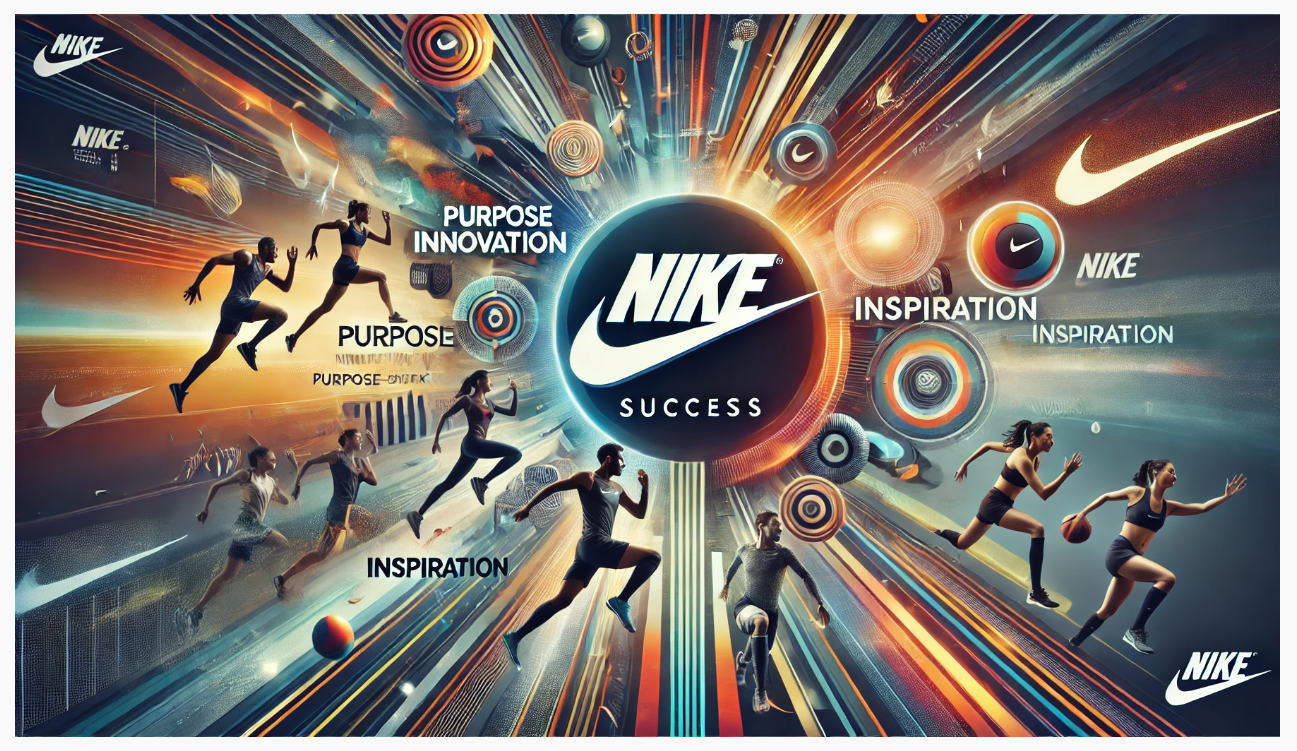From Commodity to Icon: Blueprint for Success Starts Here
In the crowded business landscape, where numerous brands vie for attention, the ones that stand out are those that have mastered the art of branding. How do you take your brand from being a mere commodity to becoming an industry icon? The journey requires deliberate actions and strategies that can help create long-term value for your business. In this article, we’ll explore five key steps that iconic brands like Apple, Nike, Coca-Cola, Airbnb, and Glossier have taken to transform themselves from being just another name to becoming household brands. 1. Define Your Brand Identity: Who Are You? The first step in brand transformation is defining your brand’s identity. Your identity answers the core questions about who you are and what you stand for. This is what differentiates you from the competition. Apple is an example of a brand that clearly defined its identity early on. Known for its sleek design, innovation, and simplicity, Apple became synonymous with premium quality a...

